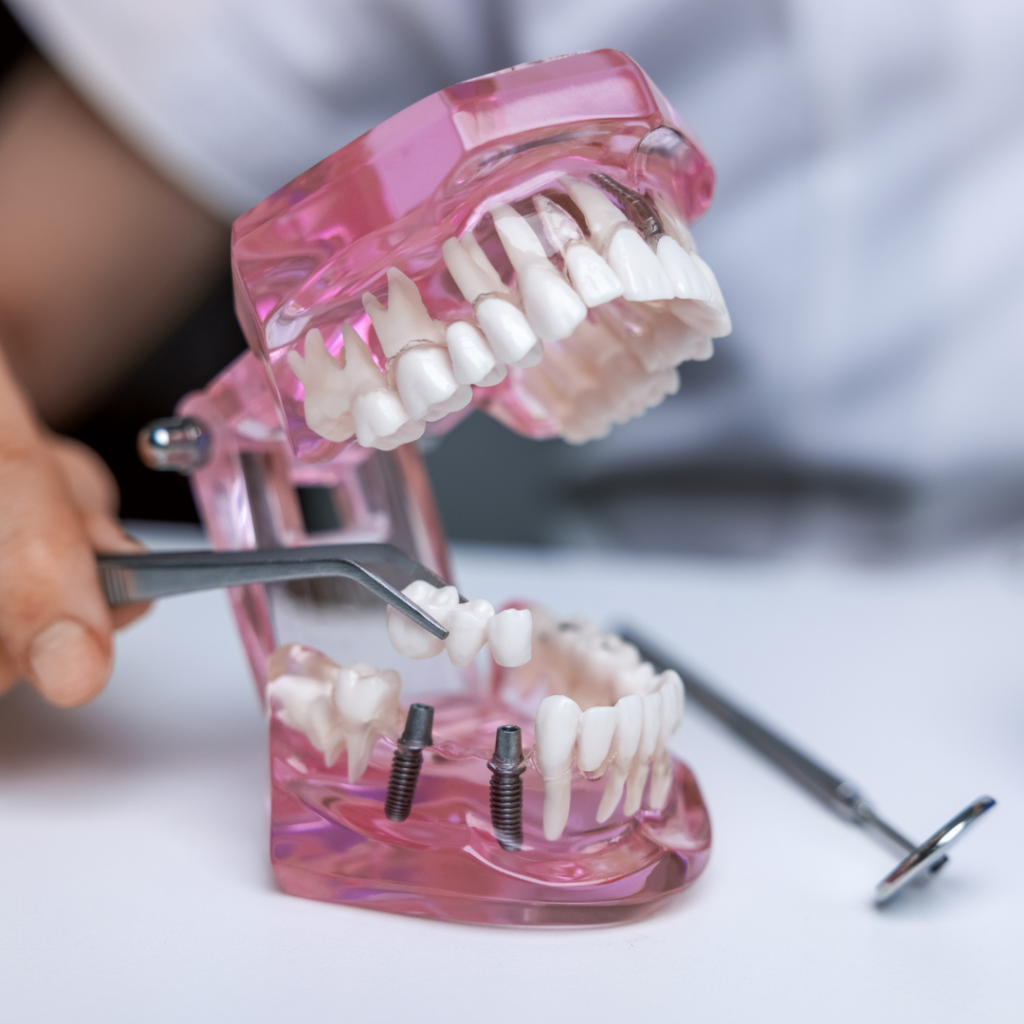Dental Bridges: Restoring Your Smile and Dental Function
Explore the world of dental bridges, a versatile dental restoration that replaces missing teeth, restoring both the appearance and function of your smile. Learn about the types of bridges, the procedure, and their significance in dental care.
When a gap in your smile appears due to a missing tooth, it can affect not only your appearance but also your dental health and overall well-being. Dental bridges offer an effective solution to bridge the gap and restore your smile’s aesthetics and function. In this comprehensive guide, we’ll explore dental bridges, explaining what they are, how they work, and their significance in dental care.
Understanding Dental Bridges
Dental bridges are fixed prosthetic devices used to replace one or more missing teeth by “bridging” the gap between adjacent natural teeth or dental implants. They consist of one or more artificial teeth, called pontics, which are anchored in place by dental crowns or abutments attached to the teeth adjacent to the gap.
Types of Dental Bridges
There are several types of dental bridges, including:
Traditional Bridge: This is the most common type, consisting of one or more pontics anchored by dental crowns placed on the adjacent natural teeth.
Cantilever Bridge: Used when there is only one adjacent natural tooth to support the bridge, usually in the back of the mouth.
Maryland Bridge (Resin-Bonded Bridge): This type uses a metal or porcelain framework bonded to the back of adjacent teeth with minimal alteration to those teeth.
Implant-Supported Bridge: When multiple teeth are missing in a row, implant-supported bridges are an excellent option. They rely on dental implants rather than natural teeth for support.
When Are Dental Bridges Recommended?
Dentists often recommend dental bridges in the following situations:
Tooth Loss: When you have one or more missing teeth and want to restore your smile and dental function.
Preventing Shifting: Dental bridges help prevent adjacent teeth from shifting into the gap, which can cause misalignment issues.
Improving Chewing and Speech: Bridges can enhance your ability to chew food properly and speak clearly.
The Dental Bridge Procedure
Getting a dental bridge typically involves the following steps:
Evaluation:
Your dentist will evaluate your oral health, discuss your options, and determine the most suitable type of bridge for your needs.
Tooth Preparation:
If necessary, the adjacent teeth that will support the bridge are prepared by removing a small amount of enamel.
Impressions:
Impressions of your teeth are taken to create a custom bridge that matches the size, shape, and color of your natural teeth.
Temporary Bridge:
While your custom bridge is being created, a temporary bridge may be placed to protect your teeth.
Fitting and Placement:
Once the custom bridge is ready, it is fitted, adjusted, and then permanently bonded in place.
Maintaining Dental Bridges
Proper oral hygiene is crucial for the longevity of your dental bridge. Brushing, flossing, and regular dental check-ups are essential to keep your bridge and the surrounding teeth healthy.
Benefits of Dental Bridges
Dental bridges offer numerous benefits, including:
Restored Aesthetics: Bridges restore your smile, enhancing your appearance and self-confidence.
Improved Chewing: They allow you to chew food properly, which is essential for overall health and digestion.
Preventing Tooth Shifting: Bridges prevent neighboring teeth from shifting, maintaining proper dental alignment.
Speech Enhancement: They can improve speech clarity if missing teeth affected your pronunciation.
Conclusion
Dental bridges are versatile dental restorations that not only fill gaps in your smile but also contribute to your overall oral health and well-being. If you have missing teeth and are considering a dental bridge, consult with your dentist to explore the possibilities of regaining a complete and functional smile.

